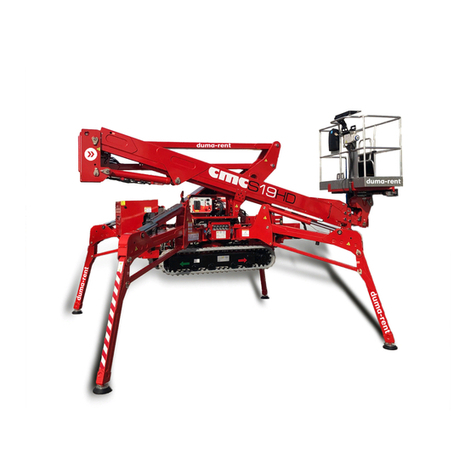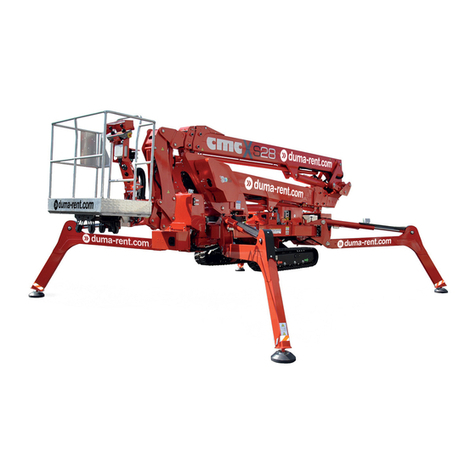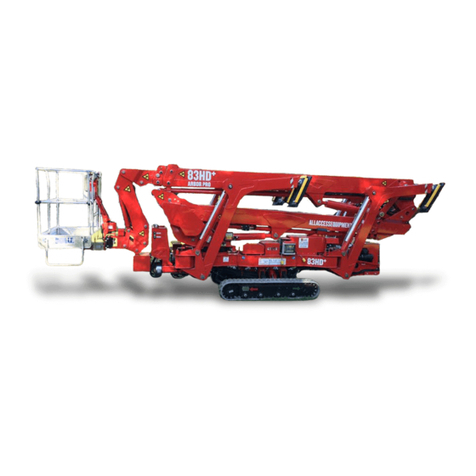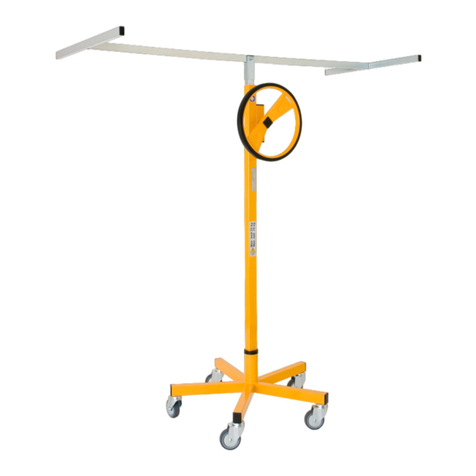
MAN. 181 rev. 3 Use and maintenance manual Sup24
1 di 77
0 Introduction
hank you for choosing to purchase a CMC MEWP (aerial work
platform), we are sure you will be pleased with your choice.
0.1
Use and maintenance manual
This manual is added to the sold machine and contains the instructions for
its transfer, use and maintenance. While drawing up this manual, we took
into consideration all the operations that are part of a normal use and
regular maintenance of the machine. So for a correct and optimum use,
you have to follow the described instructions carefully
This manual has been drawn up in order to
:
Describe the use of the machine
Show the main technical specifications of the machine
Provide with the instructions for the placement and use of
the machine
Describe the safety devices
Point out the potential risks and/or possible dangerous
situations
Provide with the necessary instructions for the ordinary
maintenance operations
Provide with the instructions for the filling of the check
register.
THE USE AND MAINTENANCE MANUAL IS INTEGRAL
PART OF THE MACHINE. In case of sale of the MEWP,
please give this manual to the new owner.
KEY FOR THE SYMBOLS USED IN THIS MANUAL
(CAUTION) = warns the user about the risk of serious damages
to people or to part of the equipment or the vehicle,
ifyoudo notobeythesafetyregulations.
(WARNING) = notifies the possibility of minor injuries to people
orlittledamages totheplatformorvehicle parts.
(FORBIDDEN) = prohibitionsignal.
(
OBLIGATION) = obligationsignal.
(CAUTION)
=warns the user about the risk of environmental
pollution.
*
(OPTIONAL)
=indicatesanoptionaloutfit..
(IMPORTANT NOTE)
This instruction manual is addressed to:
Operators
Ground assistants
Staff in charge of the platform (MEWP) guard
Security manager
Maintenance manager
T

































